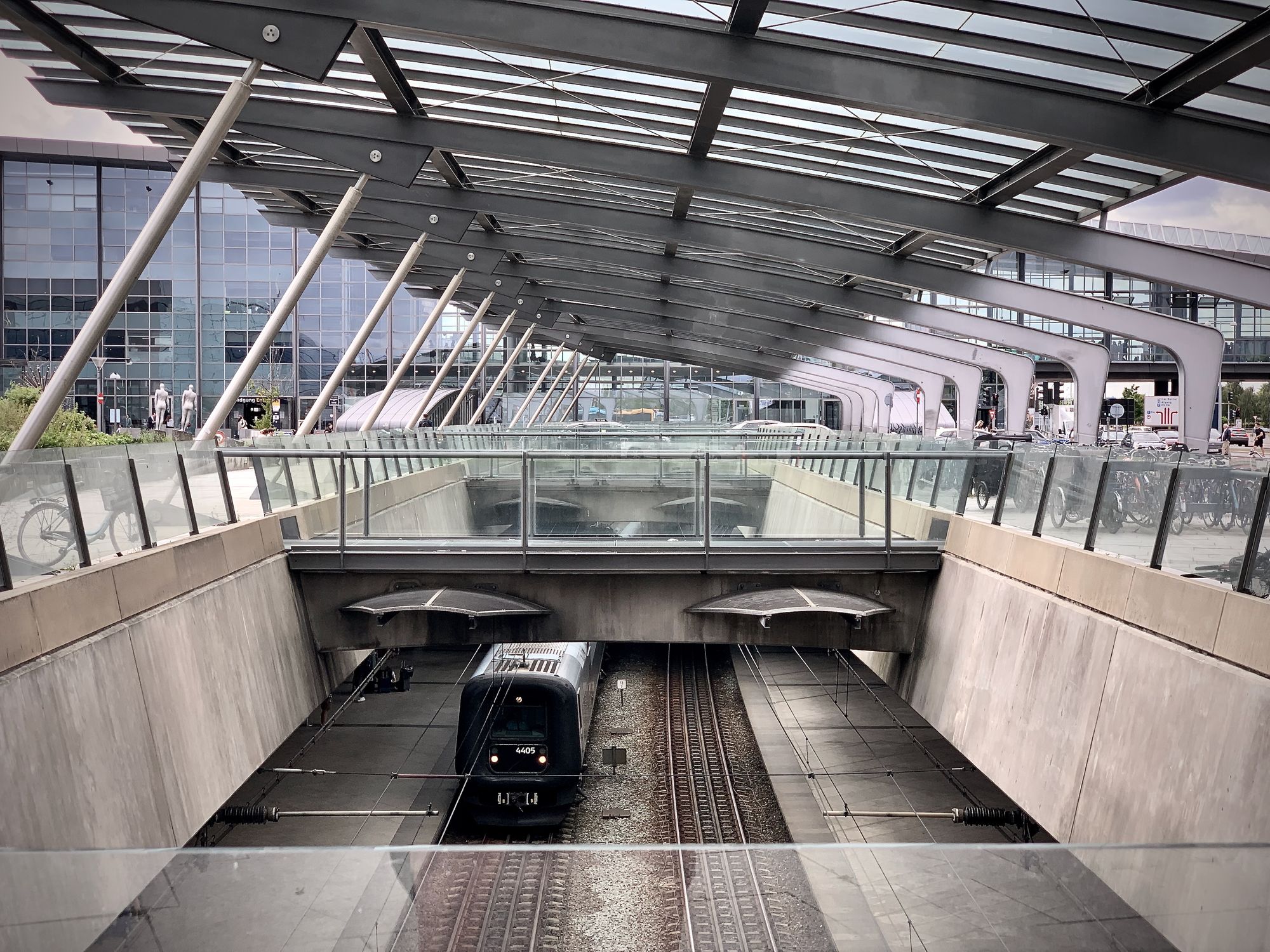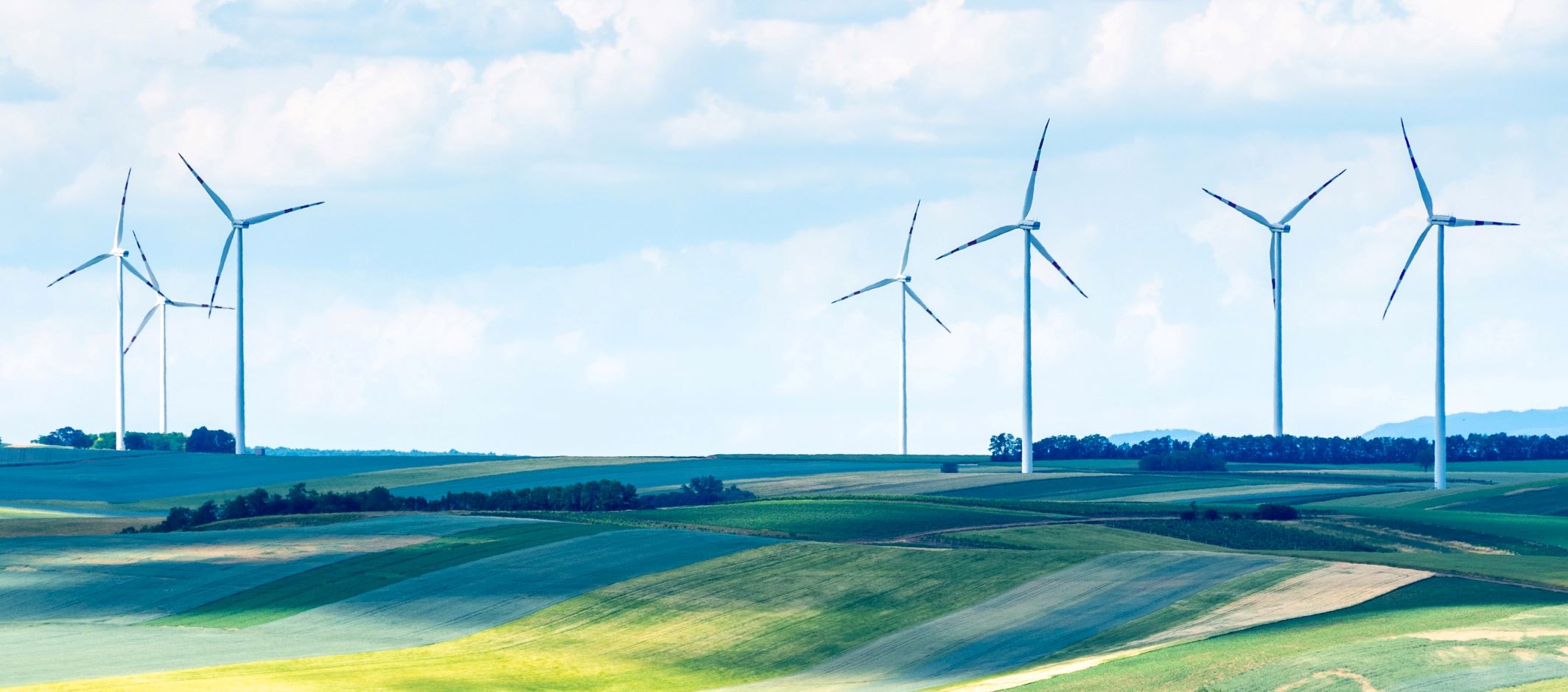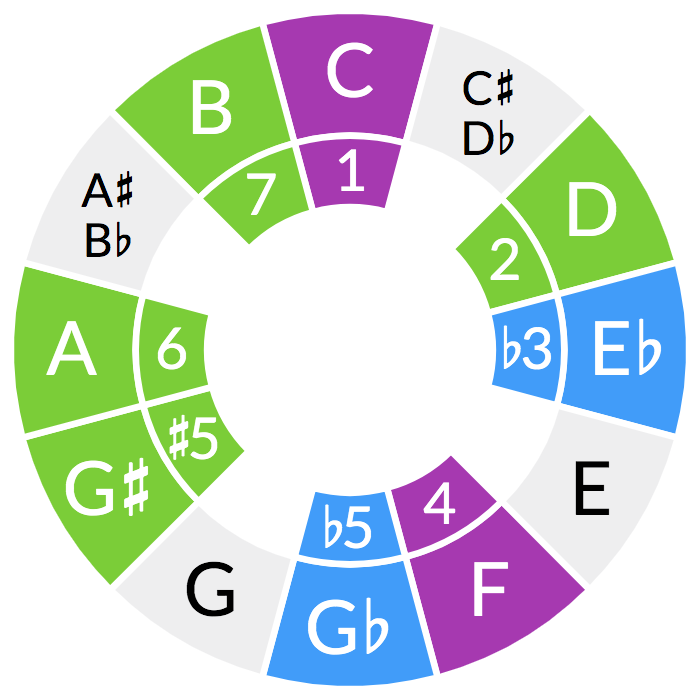Tenday Notes 1 July - 10 July 2022

Every ten days or so, I share a quick digest of what I've been working on and reading. Here's the latest. More in the series here.
Last year I provided a sonification soundtrack to a data animation by Valentina D'Efilippo called London Under The Microscope, created for the Museum of London. It's one of my favourite things I've made in the last few years, so give it a watch/listen if you haven't already.

I've just heard that it was given a "Notable Mention" in the Core77 Design Awards in the Visual Communication category this year. So that's nice. It also qualifies it for another category - the community choice prize, which is voted for by the public. If you have a Core77 account, or if you fancy creating one, I'd really appreciate your vote!

Last weekend, I visited Malmö - the first time I've really gone to Sweden's third largest city simply to explore it, rather than for a specific purpose.
We had a great time. The first day was largely spent walking down to Öresundsbron (which fans of Nordic crime dramas will know as "The Bridge") along the coast. It was sunny, and we happened upon some sort of crazy kite-and-inflatables festival, with the skies full of squid and octopodes.
The second day was spent exploring the city itself. We walked through Slottsparken, then up past Triangeln to Folkets Park and Möllevången. We had lunch at the excellently-named Cafe Jesus Bar, and met a few of my colleagues from Possible who were coincidentally in town. After an afternoon spent hunting and photographing car-free infrastructure, we picked up a stuffed falafel from Shawarma Specialisten and headed home.
Then this weekend, I attended my first concert since... honestly, I have no idea. A long time.
It was The Hives, Mando Diao, and The Sounds, at Sofiero Castle, and it was outdoors. That minimised a lot of my Covid fears, and despite a bit of crowding on the way in we were able to keep a pretty safe distance from everyone the whole rest of the time.
The Sounds are an electro-rock act from Helsingborg, so there was a lot of local support. They played a solid set, including Living in America, Tony the Beat, and No-One Sleeps When I'm Awake, but my favourite of their songs - Home is Where Your Heart Is, sadly didn't make an appearance.
Mando Diao I've never particularly got into - they emerged in Britain briefly around the same time as Franz Ferdinand and Bloc Party, but never quite got a toe-hold. Their set was wildly diverse, starting with a bunch of acoustic ballads, ending with bigger indie-disco hits, including their biggest hit Dance With Somebody. That's a banger, but generally speaking I remain unconvinced.
Then the Hives... I have loved The Hives ever since first hearing them in 2001/2. Their Garage Rock blended in well with many of their contemporaries at the time, like The White Stripes and the Vines, but they always stood out for me for two reasons.
First, their timing and precision - they were always extremely well-drilled, and every note felt like it was placed exactly where it should be. Second, their wonderful live shows - dressed in matching black-and-white uniforms and instruments, with frontman Howlin' Pelle Almqvist spending every free moment between songs working flat-out to convince the audience of his sincere conviction that the Hives are the greatest band in the Universe. He is invariably successful, winning over even the toughest crowds.
I am pleased to report, twenty years later, that they are still impeccable at both of these things, and that the intervening years have only bolstered their excellent setlist, with Come On!, Walk Idiot Walk, and show-closer Tick Tick Boom as particular highlights. If you get the chance to see the Hives live, you should definitely take it.

Finally, on a personal level, I'm also pleased to report that I still get a huge amount of joy from live music. I had feared that the past few years of enforced separation would have dulled its impact for it, but it hasn't. I'm not quite in a place where I'd want to repeat the experience indoors yet, but I hope that that's simply a matter of time.
TL;DR: Live music is still good. The Hives are still great.
Not Too Late is a nice resource to send to people experiencing climate despair. The site's FAQ clearly lays out why worst-case scenarios on climate aren't inevitable, and how individuals can move the needle.

Speaking of countering climate despair, the British government has just released the details of its renewables auctions for the next few years. Despite inflation running at about 9%, renewables are still getting cheaper! New onshore wind, for example, is four times cheaper than gas.
I made a few graphics for Possible showing the distribution of different kinds of renewables around the UK. England is adding about 2,000 MW of solar in the coming years, with a little sprinkled across Scotland and Wales (which are generally cloudier).
🌞The sun is shining everywhere for solar.
— Possible (@_wearepossible) July 7, 2022
All across the UK, people can bring forward new solar power projects.
44 new projects across Scotland, England and Wales are set to bring 22GW of clean power on grid😎 pic.twitter.com/39lih7KQU5
When you look at on-shore wind power, though, things are weirder. Scotland is installing about 1500MW of it, but there are 0MW planned for either England or Wales, despite them having almost as much wind power potential as Scotland does. The problem is that obstructive planning laws currently prevent new projects from going ahead.
This is something we're campaigning to change, and the approach we're taking is to try to show MPs that, counter to Westminster belief, people actually welcome local wind projects that support communities and the climate.
So if you live in Britain and want to see wind power tapped across the UK to bring down energy bills (remember - four times cheaper than gas!) then here's a quick form you can fill out. It's super easy - it'll take you two minutes. Do it now.

I've been gingerly poking around a bit of music theory lately in the hopes of boosting my ability to match up the emotional tone of a dataset with the music when making sonifications. For that purpose, I found this guide to the "feelings" or "uses" of different scales kinda useful from a practical point of view (though I'm sure experts will sniff at it a little).

For ages I was kinda confused because a lot of scales with wildly different names sounded pretty similar to me. I think I'm coming around to the realisation that that's because most of them are only a note or two different from each other, and only a few of those note differences make a big difference to the sound.
That's illustrated well by this network chart of how some common scales are derived/grouped. Turns out that the difference between major-sounding scales and minor-sounding scales is just that the former have a third in it, and the latter have a flattened third in it. But then there are a bunch that have either both those notes in them, or neither of those notes, and those are kinda weird.

Finally, I'll leave you with this goldmine of dramatic and narrative structures from around the world on Wikipedia.
How the acts are structured, and what the center of the story is supposed to be about widely varies by region and time period.
If you've studied any kind of creative writing then it'll probably be somewhat familiar to you, but if not then it's a fun browse. My fav discovery: the Eight-Legged Essay.
That's all for this time. See you again in 10 days.
- Duncan






